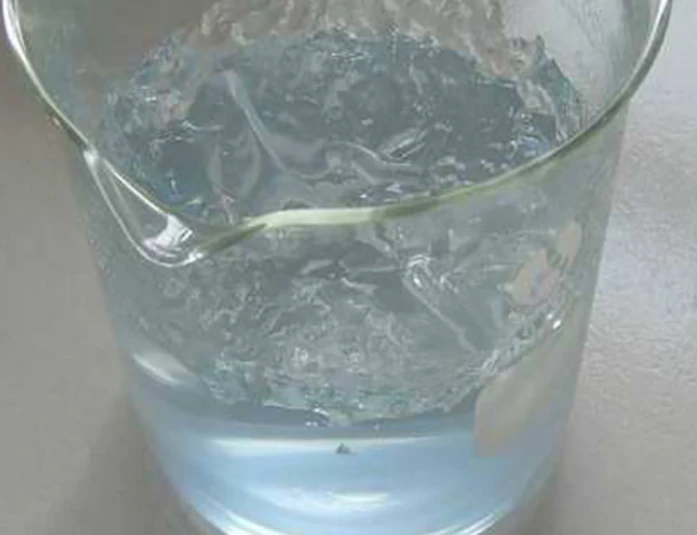Understanding the Processes of Water Coagulation and Flocculation in Treatment Systems
Water Coagulation and Flocculation Process and Importance
Water coagulation and flocculation are crucial processes in water treatment that enhance the removal of suspended particles, colloids, and dissolved substances, ultimately ensuring that water is safe for human consumption and various industrial applications. Understanding these processes is essential for engineers and water treatment professionals aiming to achieve effective filtration and purification of water.
Coagulation is the initial phase of the treatment process. It involves the addition of chemical coagulants, such as aluminum sulfate (alum) or iron salts, to water. These coagulants are positively charged, which helps neutralize the negative charges of suspended particles, including silt, clay, organic matter, and microorganisms. When these negatively charged particles come into contact with the coagulants, they lose their repulsive forces, allowing them to aggregate. This aggregation significantly reduces the stability of the colloidal suspension in water.
Once the particles are destabilized, they begin to clump together in a process known as flocculation. During flocculation, gentle mixing encourages these small aggregates, or flocs, to collide and form larger particles. The flocculation process is typically accomplished using mechanical mixers that provide the right amount of energy to promote aggregation without breaking the fragile flocs apart. The formation of larger flocs enhances the efficiency of subsequent sedimentation and filtration processes, as these larger particles settle more quickly and are easier to remove.
water coagulation and flocculation

The effectiveness of coagulation and flocculation depends on various factors, including pH, temperature, and the nature of the impurities present in the water. Therefore, it is crucial to conduct jar tests, which simulate the coagulation and flocculation process in a controlled environment, to determine the optimal dosages of coagulants and the best operational conditions.
After flocculation, the water undergoes sedimentation, where the larger flocs settle at the bottom of the treatment tank, forming a layer known as sludge. This process significantly reduces the turbidity of the water, making it clearer and safer for further treatment steps. Once sedimentation is complete, the water can then be subjected to advanced filtration methods, which further remove any remaining impurities.
Moreover, the importance of coagulation and flocculation extends beyond just drinking water treatment
. These processes are equally vital in industrial applications, such as paper manufacturing, food processing, and wastewater management. In these sectors, removing particulates from process waters can enhance product quality and reduce environmental impact.In conclusion, water coagulation and flocculation are fundamental in ensuring water quality. By effectively removing suspended and colloidal impurities, these processes play an essential role in water treatment facilities worldwide. As water scarcity and quality issues continue to rise, the development and optimization of coagulation and flocculation methods remain a critical area of research and practice. With the right techniques and innovations, we can ensure clean, safe water for current and future generations, contributing to global public health and sustainable development.
-
Water Treatment with Flocculant Water TreatmentNewsJun.12,2025
-
Polymaleic AnhydrideNewsJun.12,2025
-
Polyaspartic AcidNewsJun.12,2025
-
Enhance Industrial Processes with IsothiazolinonesNewsJun.12,2025
-
Enhance Industrial Processes with PBTCA SolutionsNewsJun.12,2025
-
Dodecyldimethylbenzylammonium Chloride SolutionsNewsJun.12,2025





